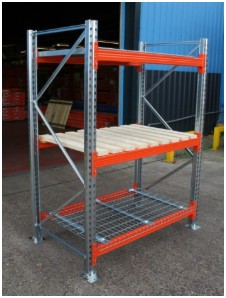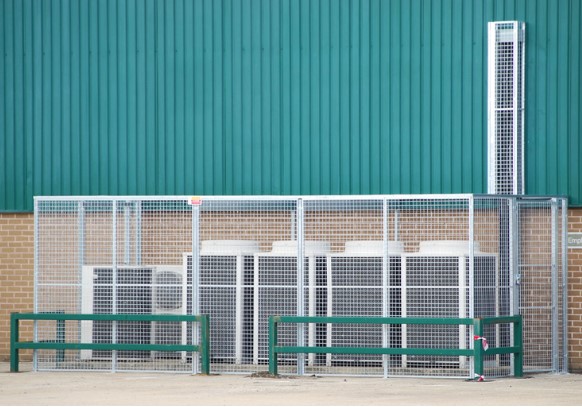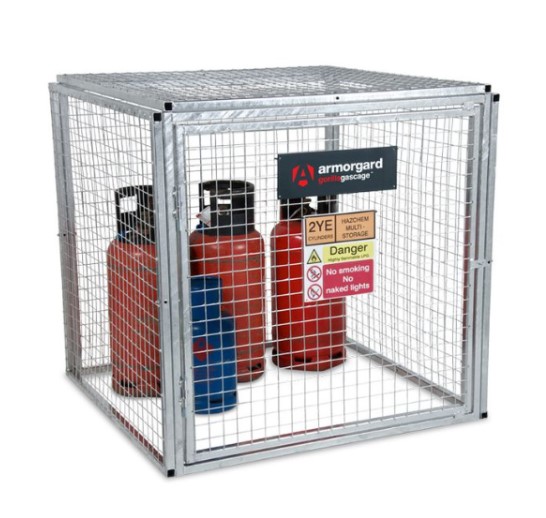Why a Risk Assessment is Important and How to Carry One Out
If you run a business and are a business owner, you need to be aware of all potential risks that are in your company and organisation’s workplace.
Carrying out a risk assessment will help to determine the causes that could result in harming and injuring employees and also to check on whether adequate provision is being made in the workplace to mitigate and prevent potential risks.
Risks will involve hazards in the workplace that are able to cause harm, anything from chemicals, gases, loose wires and steep stairs with no handrail. Legally as an employer you are not required to remove all elements that cause a risk, however you are expected to implement sensible measures that will control those risks.
Undertaking a risk assessment will also mean that you have thoroughly checked possible risk factors in the workplace and considered suitable procedures to control these risks. Not only do you need to identify risks, you should also grade them to determine the highest risks in your workplace and the lowest risks.
The first thing to do when undertaking a risk assessment at work is to walk around the site, shop, industrial unit or office and look for any possible risks.
In a workplace such as an office you may identify several risks including the following:
1) Fire – staff could be trapped and injured by fire and smoke if a fire started at the workplace.
2) Computer equipment – where staff are using computer equipment frequently and daily for continuous periods of time, the risks associated with the equipment needs to be assessed in terms of posture problems, poorly designed desks and working environments and also poor lighting. All of these factors can lead to injury or discomfort.
3) Handling goods – when staff handle heavy objects, furniture and boxes this will be a risk that could result in back pain and back injuries or other accidents in the office.
4) Hazardous substances – if there is gas cylinder storage that does not comply with Health and Safety requirements, this is a high risk.
Other potential risks could involve electrical equipment, the use of machinery and the use of step ladders and shelving at a high level. Also any wet surfaces could cause slippages and injury.
When you have identified the risks in your organisation, you should consider what to do to control these risks and to make it safer for employees, customers and visitors.
To do this, write down all the risks you identify in a risk register which should act as the central repository for risk information and which ideally should include the following:
1) What the hazard is
2) Who is exposed to the risk (for instance staff, visitors or both)
3) Identify what you are currently doing to control this risk, if anything.
4) Identify what action you need to take in order to properly manage and control the risk.
5) Put timescales on the actions to take and decide who will be responsible for the ownership of this risk and any action taken. It is also advisable to assess the effectiveness of any action taken and define it into a framework for improving risk control moving forward.
It is also important to grade the risk in accordance with the probability of its occurring and the potential impact should it occur.
There are four responses to risk that you can take as follows:
1) Move the risk – this will occur with insurance policies for instance where a third party is best placed to manage the risk.
2) Tolerate the risk – tolerating a risk is doing nothing about it and uses existing management practices and processes to control that risk. This should only be implemented for risks that are low impact. However, this can be construed as a risk in itself by doing nothing and implementing no control.
3) Remove the risk – this is when something is removed completely to remove the risk so that it no longer exists.
4) Remedy the risk – A risk can be remedied by identifying and implementing corrective actions to address the risk.











